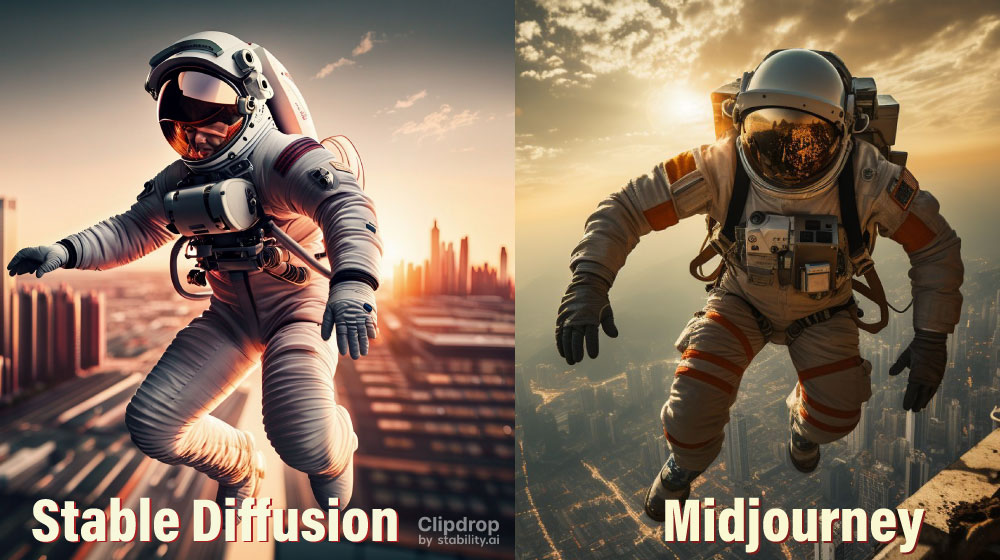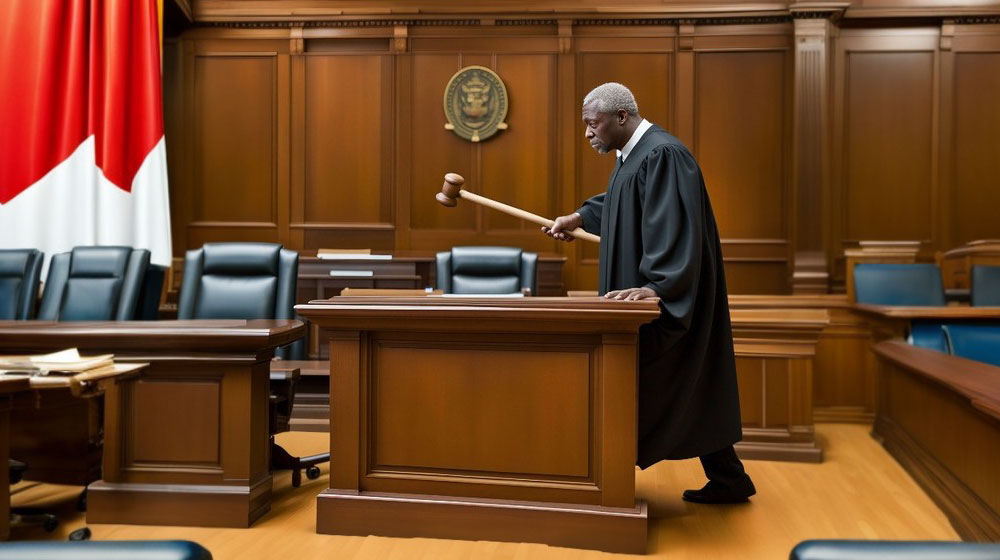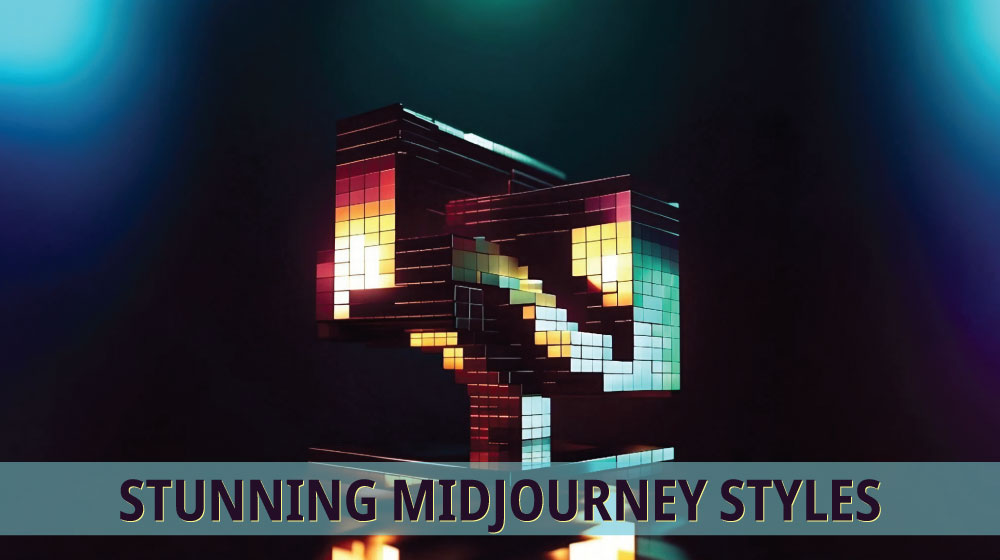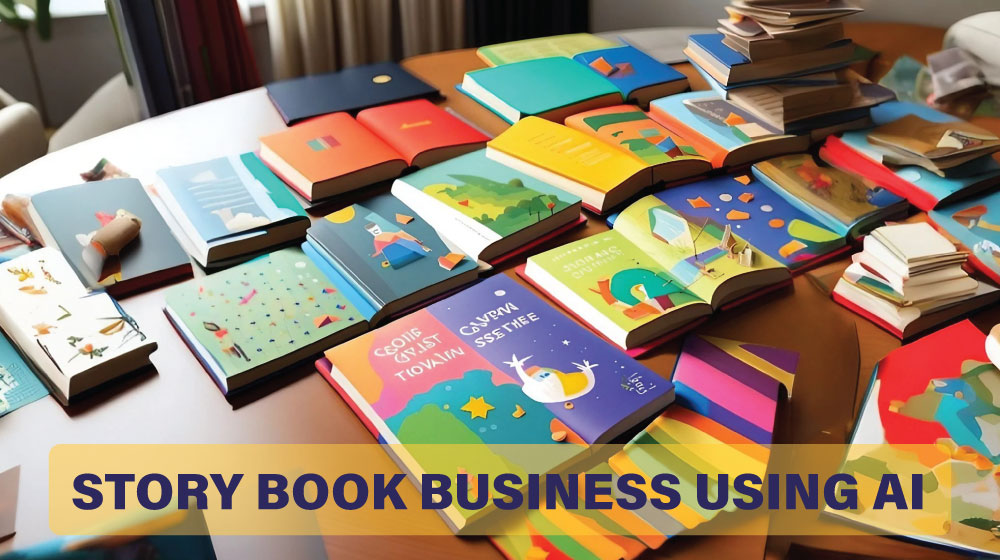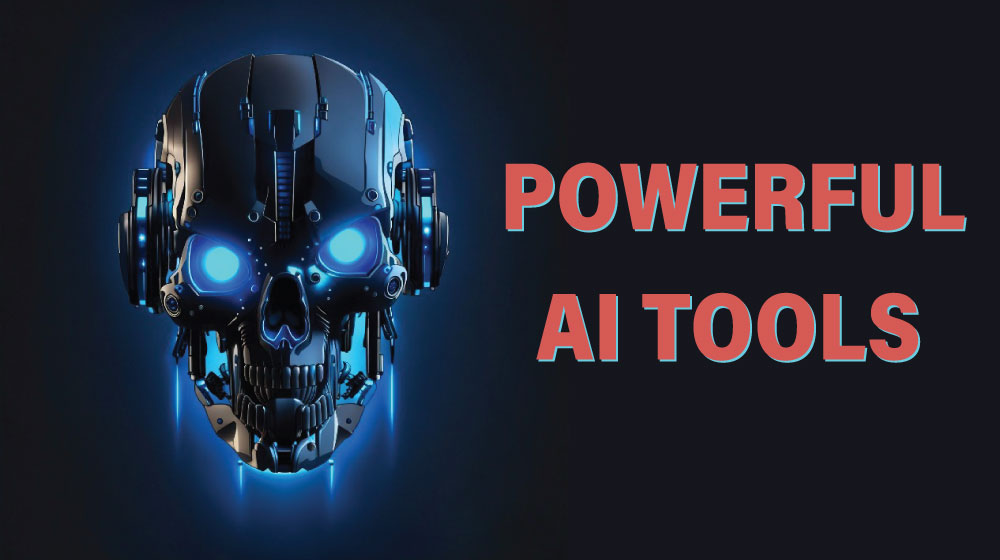The Evolution of Stable Diffusion SDXL: A Comparison with Midjourney
In the world of AI image generation, two powerful models have emerged: Midjourney and stable diffusion SDXL v0.9. In this blog post, we will delve into the advancements of the stable diffusion model and compare it with its strongest competitor, Midjourney.
The stable diffusion SDXL v0.9 is the latest development achievement in the stable diffusion text channel image model suite. It represents a significant leap forward in AI image generation. The model is set to be officially open-sourced and released as version 1.0 in mid-July. Comparable to Midjourney in drawing ability, users can now experience the power of stable diffusion SDXL v0.9 on platforms like Dream Studio and ClipDrop.
Dream Studio: Generating Images with Adjustable Parameters
In Dream Studio, users have access to various adjustable parameters for image generation. They can choose the model, add reverse prompts, upload pictures, adjust the picture aspect ratio, and generate the desired number of pictures. Advanced settings allow users to manually enter the picture aspect ratio value and adjust the AI creative freedom value, which influences how strictly the prompts are followed during generation. Additionally, users can select the seed and the last model for further customization.
Let's take a closer look at the results. For example, a close-up shot of an old man in an Ethel Andrews-style fog was created using the SDXL Beta model. However, to conserve points, only one picture was generated. The quality and details of the image are on par with Midjourney's output. The stable diffusion model, specifically the cinematic version, has made significant progress, as evident in the astonishingly beautiful snow scene at sunset.
While exploring Dream Studio, it's important to note that points are required for generating images. New registrations receive a gift, but it's limited for experience purposes. Users can purchase 1,000 points for $10 to continue using the platform.
ClipDrop: Exploring the Model's Performance
Stable diffusion SDXL v0.9 integrates with ClipDrop, which was acquired by Stability AI in March. In CLIPDrop, users can choose the SDXL 0.9 model and select various styles. Results obtained in ClipDrop are similar to those obtained in Dream Studio, allowing users to generate 400 pictures per day as free members. HD high-definition pictures can be downloaded, and the watermark can be automatically removed using the watermark remover tool.
Comparing stable diffusion SDXL 0.9 with Midjourney, it's evident that both models excel in aesthetic imaging. However, the open-source and expansion capabilities of stable diffusion make it a more versatile choice. Although stable diffusion in SDXL 0.9 shows great progress, further optimization is required, particularly in terms of color.
Additional Offerings for Complete Creations
There are other platforms and models available for AI painting enthusiasts to explore. One such platform is the online stable diffusion painting website, where the Realistic Vision 3.0 model update has recently been released. Although free members have limited access to stable diffusion V1.5 and 2.1 models, the website offers a range of models, including the Lora model. The website also provides prompt words and parameters for assisting in creating GIF models.
Another noteworthy platform is Youdao AI Painting, which offers more functionality and ease of use compared to Mage's free membership. However, it requires a mainland Chinese mobile phone number for registration. Youdao AI painting provides a control net and offers features like 3D open pose for word translation, although Lora is currently unavailable.
Finally, online stable diffusion Diffusion is an option worth considering. It operates on a payment basis, billed by the hour. The small server charge of $0.5 per hour makes it an affordable choice for short-term usage or experimentation.
Wrapping Up
The stable diffusion SDXL v0.9 model presents a significant advancement in AI image generation, rivaling the capabilities of Midjourney. Both models demonstrate impressive results in terms of aesthetic imaging and composition. Stable diffusion's open-source nature and expandability provide it with an edge over Midjourney.
While stable diffusion in SDXL 0.9 shows room for further optimization, it remains a powerful tool for AI art creation. In the next episode, we will explore additional AI painting applications that can be used on platforms like Discord.

